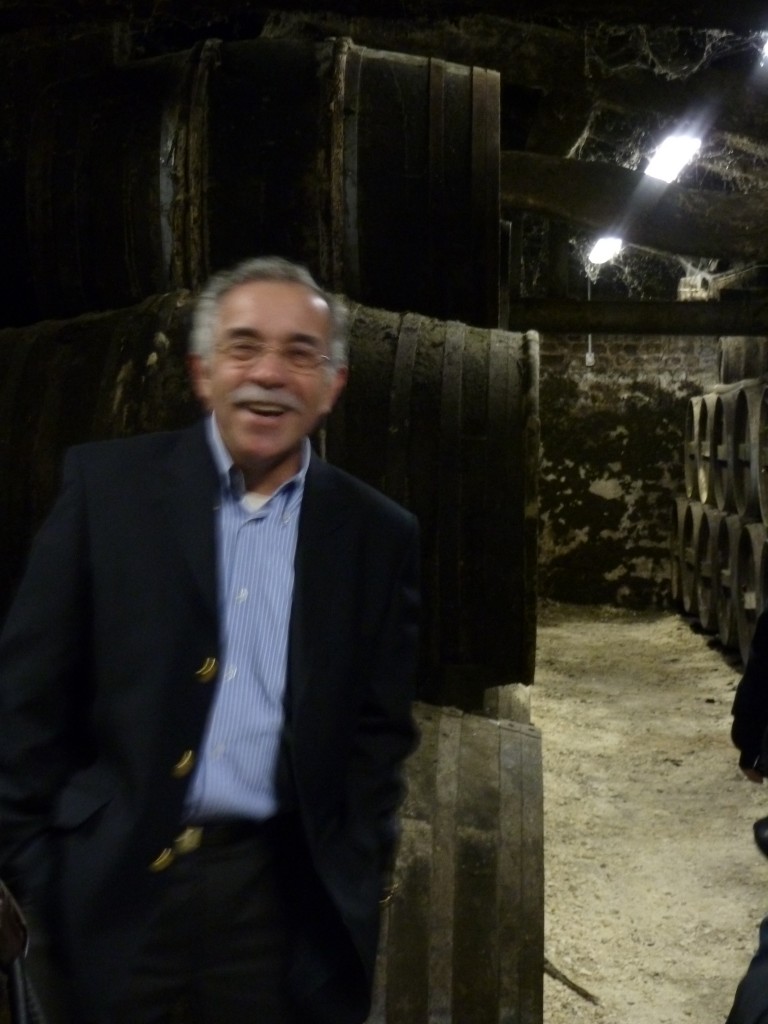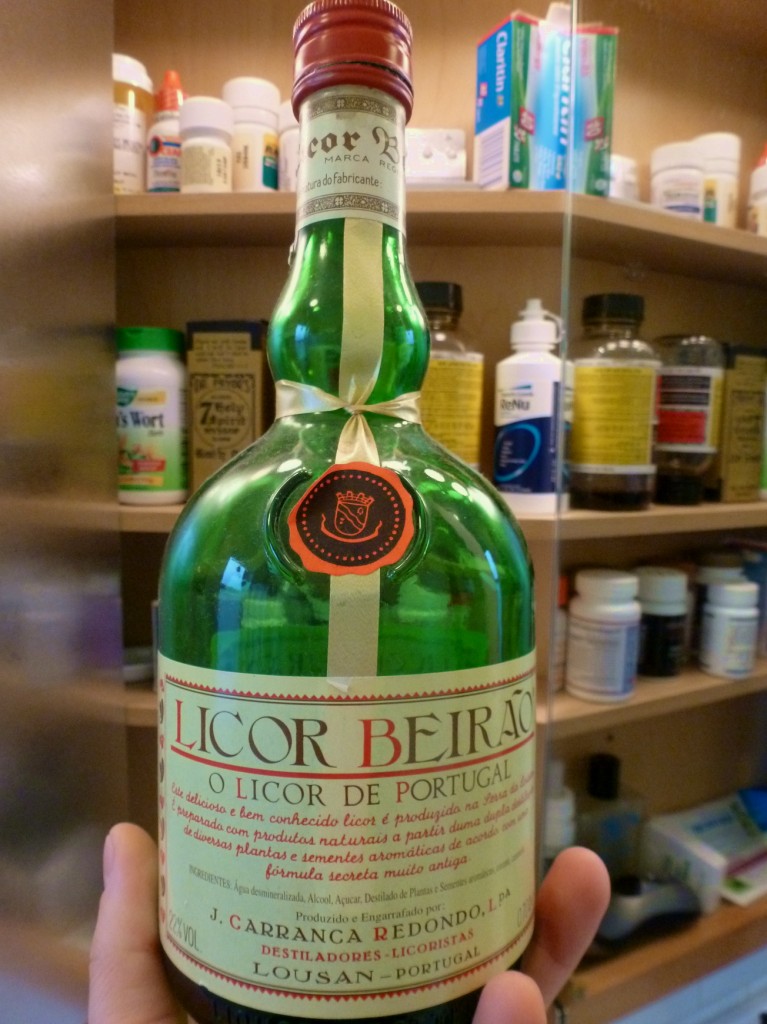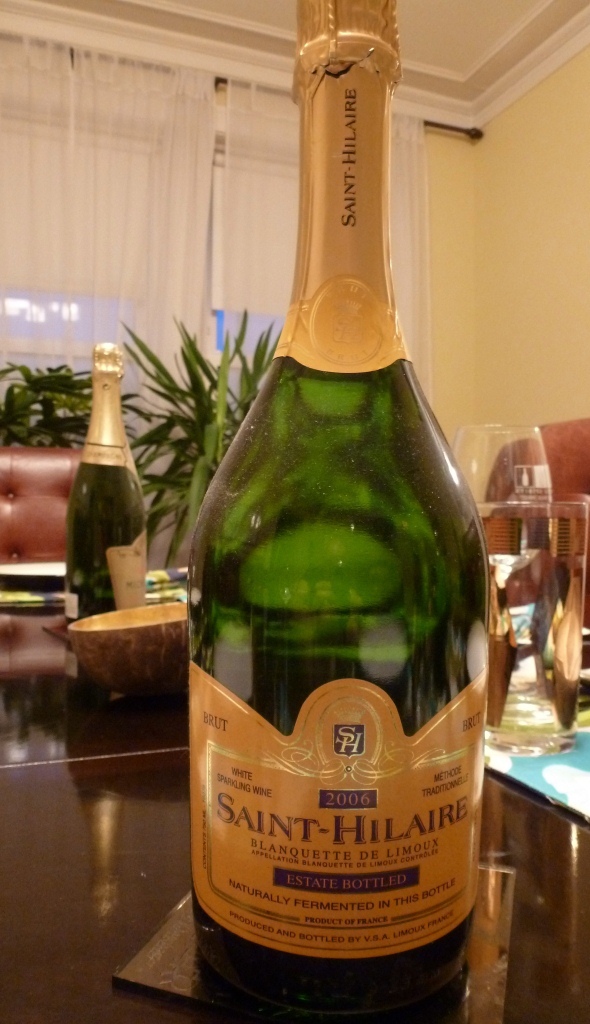Regarding French Snobbery
A few weeks ago, while batting around blog post ideas for a travel website to which I contribute, I told my editor I planned on writing a piece or two about Cognac. “It’s strange, isn’t it,” I remarked, “that people go to Scotland for the whisky trail, but few travelers seem to think of going to Cognac to visit Cognac houses.”
“Oh, well, people expect — and with good reason, I might add — that they won’t be especially welcome in most of the Cognac houses,” he replied. “You know, they expect to encounter quite a bit of snobbery. It’s the same reason people don’t go chateau-hopping in Bordeaux.”
I have visited much of France, and I have yet to encounter the proverbial French Snob. It’s not because I speak beautiful French — the average 18-month-old Parisian speaks better than I do. But maybe in Cognac, home of France’s most exclusive liquor, it would be different.
It came as no surprise to me that it was not. On our very first visit of a Cognac house, I was charmed by Paul Giraud, (right) whose family has been making Cognac for 200 years. Wearing an understated navy sportcoat, he showed us his atmospheric aging facility, where clumpy black mold caked the cobweb-draped rafters above sweet-smelling oak barrels. Concluding his remarks, he shrugged his shoulders and said, “I’m just a farmer who makes Cognac.” Of course, it’s an entirely different experience visiting, say, the grand quarters of Courvoisier in Jarnac, but the friendliness and passion for the product were constants throughout the trip, wherever we went.
I met a number of French sommeliers during the trip as well, and none proved to be a wine snob. Quite the reverse, in fact. As we headed back to Bordeaux after the conference, I had a long chat with noted sommelier Dominique Laporte. He had no patience for people who claimed to know all there is to know about wine. “How can you ever really know wine?” he asked. He later argued that there were actually very few “bad” wines out there. I said something disparaging about Yellow Tail, to which he quickly responded, “That wine though, was made to appeal to people who drink soda. You know, there’s nothing wrong with it. It’s sweet, it’s simple, it’s cheap. There’s nothing wrong with that.” It turned out I was more of a wine snob than Monsieur Laporte!








